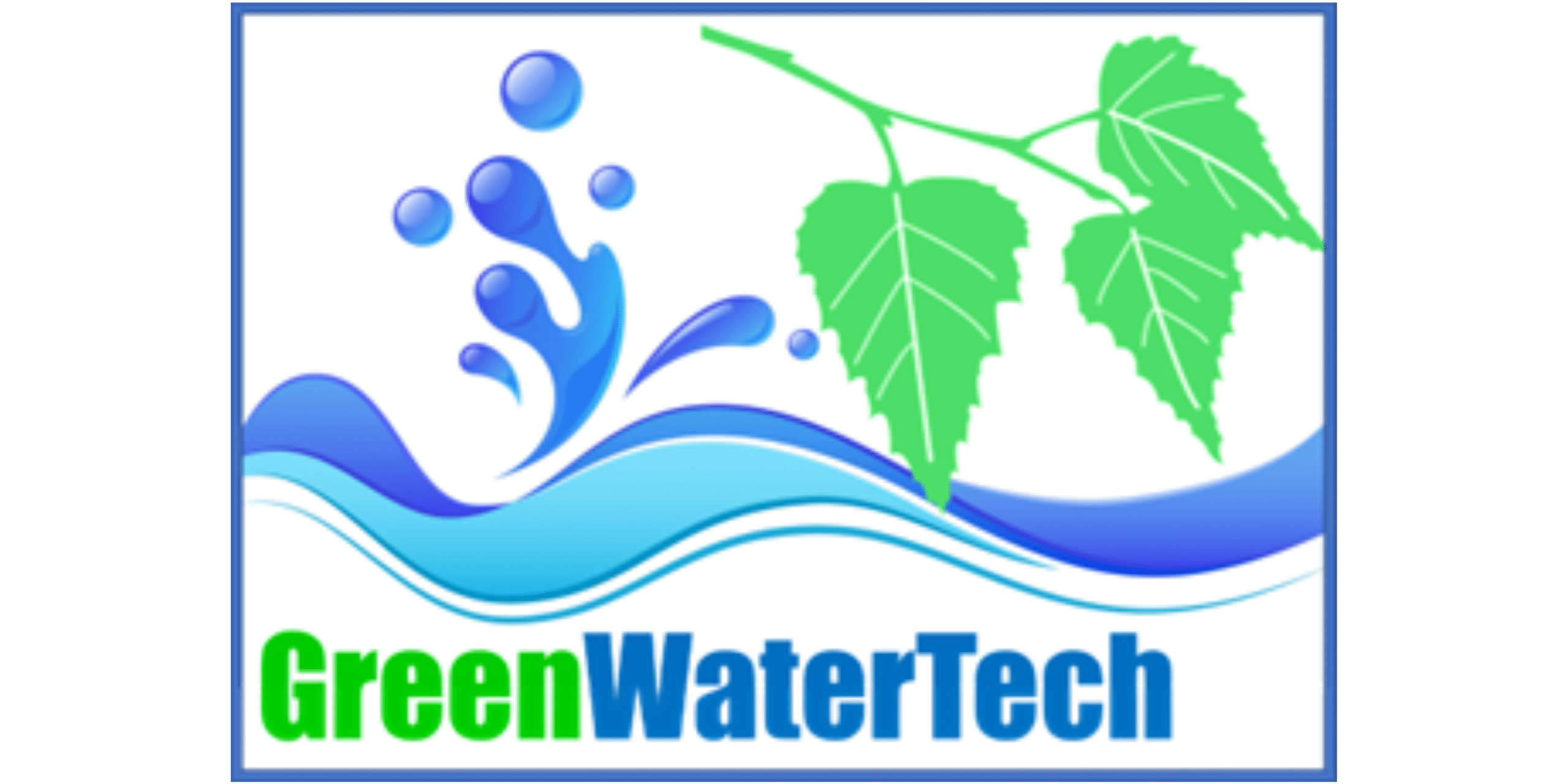Číst zprávu
Číst zprávu
Číst zprávu
Číst zprávu
Tři dny vědecké jízdy na Veletrhu vědy: bonbóny, lasery i „Přísně tajný výzkum“
17. 6. 2025
Děkujeme všem, kdo navštívili náš stánek na Veletrhu vědy 2025 – bylo to intenzivní, živé a neskutečně inspirující! Během tří dnů jsme [...]
Číst zprávu
Letní škola o nanomateriálech 2025
28. 5. 2025
Výzkumná infrastruktura NanoEnviCz zve všechny studenty vysokých a technických škol na Letní školu zaměřenou na nanomateriály, která se [...]
Číst zprávu
Materialita jako klíč k poznání – nový program Strategie AV21
15. 5. 2025
Náš ústav se zapojil do nového programu Strategie AV21 s názvem Moc předmětů: Materialita mezi minulostí a budoucností, který propojuje [...]
Číst zprávu
45th NARECOM
7. 5. 2025
The presentation "A Closer Look: SEM Applications in Nanostructured Materials" will be introduced by Dr. Eirini Ioannou from Palacký [...]
Číst zprávu
https://www.youtube.com/watch?v=164oRQ3mbVQ&
https://www.youtube.com/watch?v=164oRQ3mbVQ&
https://www.youtube.com/watch?v=8aovaBIoTco
https://www.youtube.com/watch?v=8aovaBIoTco
https://www.youtube.com/watch?v=BaUH4OIaizE
https://www.youtube.com/watch?v=BaUH4OIaizE
https://www.youtube.com/watch?v=ljESsCwzifI&
https://www.youtube.com/watch?v=ljESsCwzifI&
Novinky ve výzkumu
Hungarian Mine Green”, a Semi-Natural Copper Pigment From Banská Bystrica Region (Slovakia) – Analytical Evidence and Laboratory Replication
This study presents the results of a comprehensive investigation of the “Hungarian mine green” pigment which was precipitated from drainage water containing basic Cu sulfates and represented an important commodity with the peak of its production in 16th and 17th century in Banská Bystrica region (Slovakia). Morphological and compositional fingerprints of this pigment have been […]
High temperature interactions of lead palmitate with linseed oil
This study reveals that heating lead palmitate in linseed oil leads to the formation of mixed lead palmitate–stearate compounds and a metastable high-temperature polymorph with unique structural features. These transformations, even at moderate heating, suggest complex chemical changes that may contribute to long-term degradation in oil paintings. The findings emphasize the need for careful temperature […]
Cationic Polyhedral Chalcogenaboranes: Activation without breaking Wade’s Rules
This study reports the first cationic chalcogenaboranes that retain the same skeletal electron pair count as their neutral counterparts, defying Wade’s rules. The ionization significantly enhances their electrophilicity, enabling reactions with very weak bases. Furthermore, it allows for regioselective control over interactions with hard and soft bases by modulating the LUMO. https://onlinelibrary.wiley.com/doi/10.1002/anie.202419677




